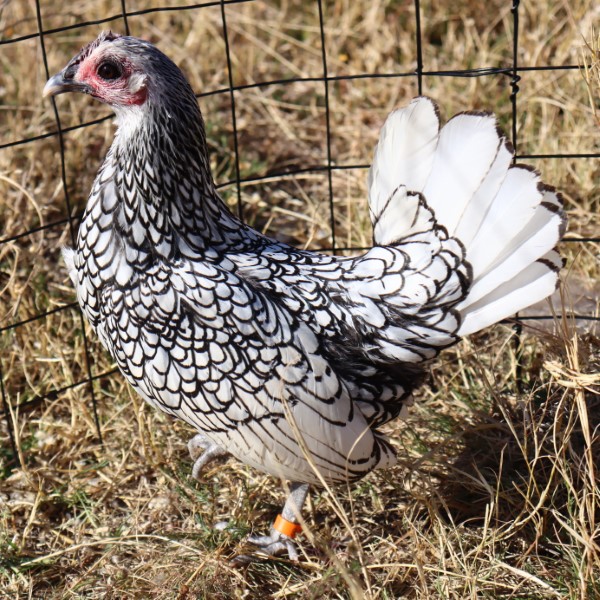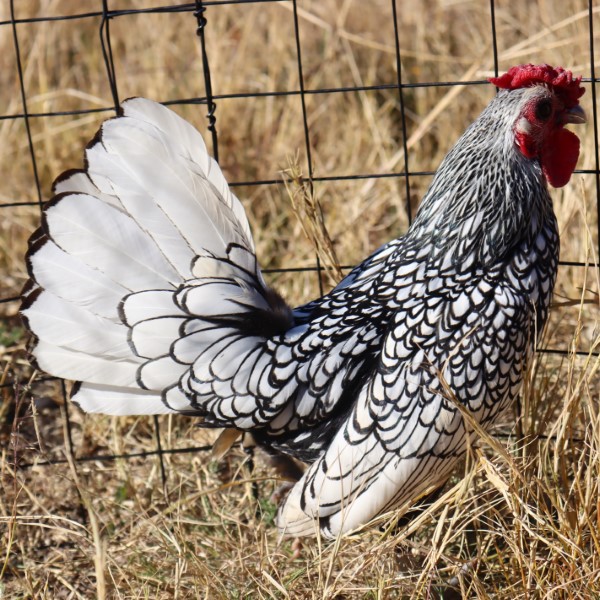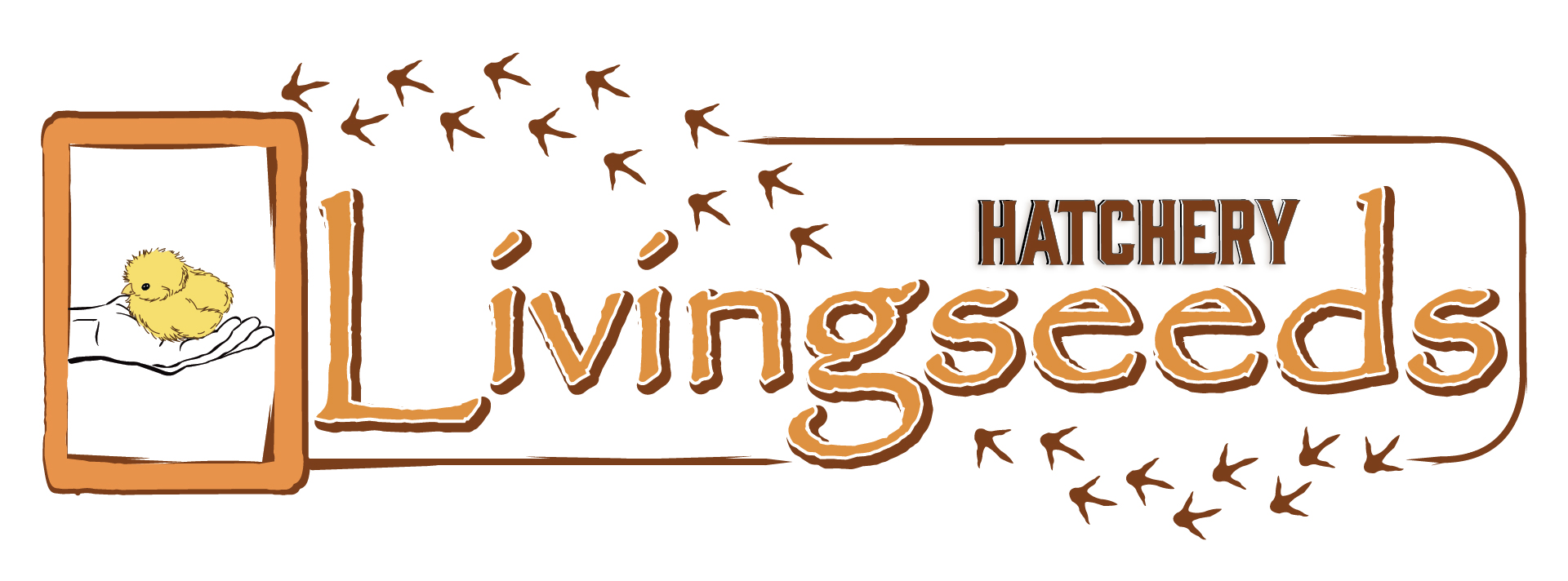

The Sebright was developed by Sir John Saunders Sebright in the early 1800s. The Sebright is one of the oldest British bantams and is considered a true bantam in that there is no standard version of the breed.
There are two accepted colours for the breed: Gold Laced and Silver Laced. These entail gold or silver almond-shaped, short, tight feathers edged sharply in black (“laced”). The colour is the same on both males and females, a phenomenon known as “hen feathering”, which is unusual in most breeds of chicken. Their wings are large for the size of the bird and angle towards the ground. Their tail is full and carried at about 70 degrees. Their body is compact and short, and they have a prominent breast, so their overall appearance is similar to a pigeon. The males have shorter, stockier legs than the females.
Sebrights have a mulberry (desired) or deep red colour rose comb that ends in a straight, horizontal point called a “leader” on the males, and a similar but smaller comb on the females. Both sexes have bright red or mulberry, rounded wattles, ear lobes and faces; wattles are smaller on the females. Their beak is dark horn colour on the gold laced variety and can be dark blue or horn on the silver laced birds. Legs and skin are slate blue in colour. Their large, black, round eyes give them a curious, wide-eyed expression.
This breed is primarily ornamental. They only lay about 60-80 small eggs per year. Hens are not broody and do not have good maternal instinct, so if you want to hatch eggs you would do better with a surrogate mother or an incubator. They are friendly if they are handled when they are young, but they are curious and prefer to be active. They are not a cuddly breed. They can fly into trees to roost, so although they like to forage, it is best to keep them in a way that they can’t get out of reach as they can be difficult to catch! This breed can be very vocal if agitated.
Livingseeds Hatchery currently supplies Silver Laced Sebrights.
